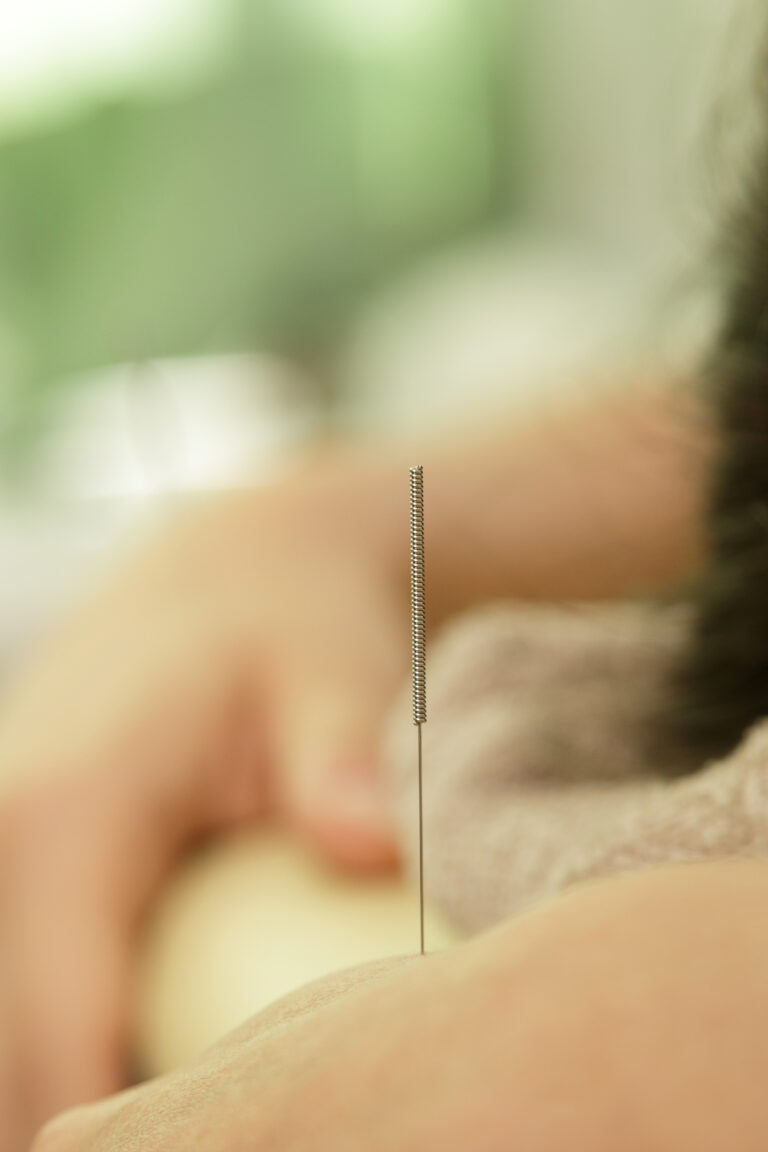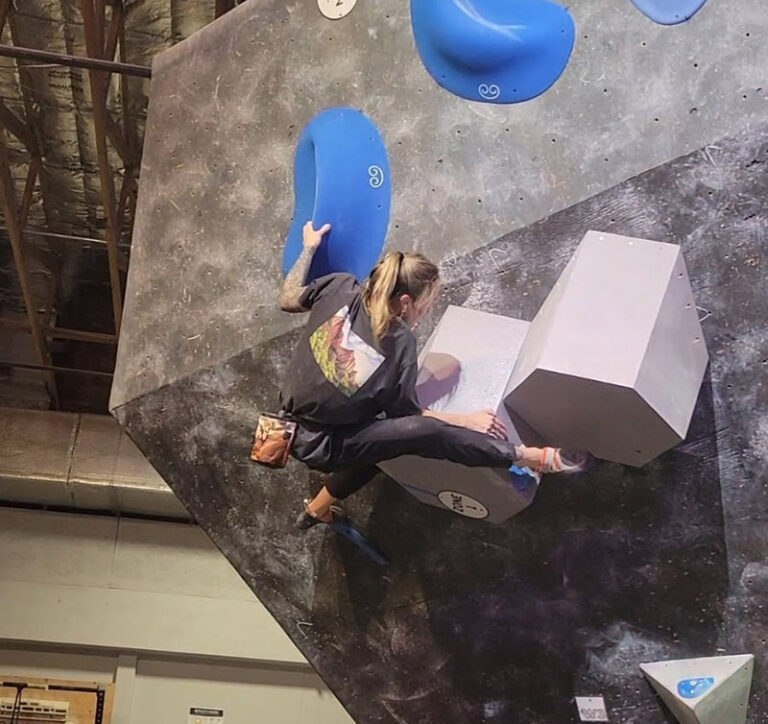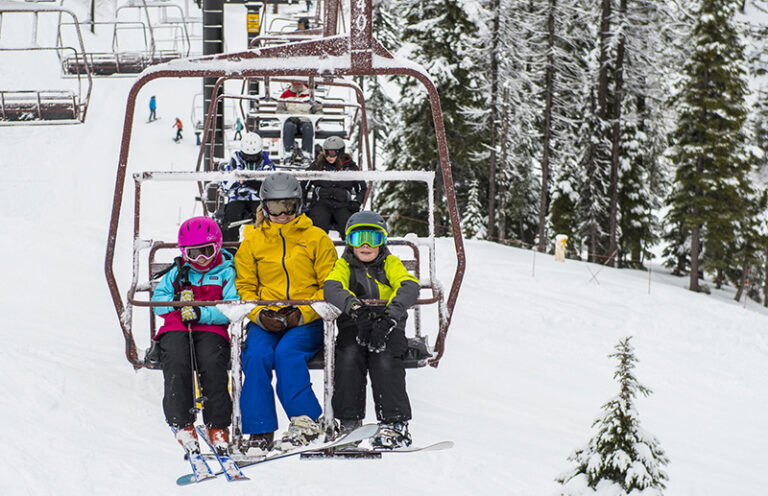While Hawaiians have long known the joy of stand up paddle surfing, also known as “beach boy surfing,” freshwater fans in the Inland Northwest have only recently been enjoying the sport of stand up paddling (SUP).
Although Hawaiians get the credit for developing the modern sport of SUP, it actually descended from the styles of watercraft and methods used by both Peruvian fishermen and African warriors, according to Corran Addison’s “History of Stand Up Paddling”—included in Rob Casey’s book Stand Up Paddling: Flatwater to Surf and Rivers, newly published by Mountaineers Books.
Dave Kalama, who typically gets credited along with Laird Hamilton, writes in his foreword to Casey’s book that it was actually Duke Kahanamoku—the father of modern day surfing—who was first spotted stand up paddling on his surfboard, using a long canoe paddle, in order to better observe incoming swells and other surfers in the water. John Zapotocky was inspired when he saw Kahanamoku and is now usually given credit as inventing modern stand up paddle surfing.
But the sport wasn’t really recognized until 1995. That’s when Kalama and Hamilton started doing it. Eventually, the two began to enter competitions, and after a photo of Hamilton appeared in the surfing media in 2004, the “first stand up paddle surfing boom” began within a matter of months, Addison states.
Paddleboards made their way to the California surfing scene in 2000. And by 2009, Addison says “stand up paddleboarding was the fastest growing paddle sport in North America.” Now the U.S. Coast Guard classifies SUPs as vessels.
GOING LOCAL
Powerboats may still rule most of the larger Inland Northwest lakes, but stand up paddling is gradually becoming a niche sport for landlocked water lovers who use paddleboards as replacements for kayaks or canoes.
One reason is that it’s accessible. “It’s not extremely expensive,” says Spokanite Nick Murto, who’s been stand up paddling for a year now. “And it’s so much more portable and easier to get around than a canoe.”
A paddleboard is relatively light and fairly easy to carry since it’s equipped with a handle, he says. (It can weigh from 20 to 40 pounds.) Anyone who has gone canoeing or kayaking knows that carrying one of those from a car rack down to a boat launch or beach is a feat requiring at least two people.
And the gear list for SUP is relatively simple, with the basics including the board, paddle and PFD. A leash, water shoes and gloves are also recommended—unless, of course, you just want to tootle around a calm lake, staying close to the shoreline. Additionally, a wetsuit or dry suit will allow you to stretch the paddling season beyond the summer months.
Murto’s favorite place to go paddling with his 12’ SUP-ATX paddleboard is the Spokane River. “I love putting in just below the damn at Minnehaha and paddling all the way to downtown, which takes about an hour,” he says. He has a friend shuttle his car to C.I. Shenanigans restaurant, his take-out point.
“I also like to put in off the Centennial Trail near Gonzaga, on the south side of the river,” he says. “I paddle upstream as far as I can and then come back.”
Stand up paddling is also a versatile sport. Author and photographer Rob Casey, who lives in Seattle and has been stand up paddling for three years, uses his paddleboard for not only river paddling but also surfing on the coast. In fact, his one board has multiple uses, including fishing and overnight camping trips (by attaching gear to the nose of the board).
“It’s really easy [to learn]. You don’t need a lesson just to play around in a lake,” he says.
Casey says an inflatable SUP board is especially versatile because it “can adapt to multiple sizes of people” and is easy to store.
Liberty Lake SUP fan Bill Kinnison enjoys the independence of the sport and that it, quite simply, gets him on the lake to exercise. And it’s fun. “If there are boats out there kicking up wakes, I’ll paddle out to the wake and surf back in, just like on a surfboard,” he says.
Indeed, the “appeal of surfing culture” inspires people, says Casey. “Surf kayaking never picked up, but what’s cool about stand up paddling is that anyone can have a piece of the surfing pie—you don’t have to live in Hawaii.”
Kinnison and his wife, Patti, look forward to enjoying their second summer of recreation on their paddleboards. Bill, who is also a sky ski rider, is somewhat of a year-round paddler. He lives only two blocks from Liberty Lake and takes advantage of this.
“I probably would have paddled year-round except the lake froze,” he says. He managed to paddle on the lake this past November and December. And his first paddleboard outing of this year was in mid-March, which required him to paddle through some slushy ice. As of mid-April, he has been four times, always dressing for the conditions, which includes a NRS semi-drysuit, water shoes, and water socks. “I stay plenty warm,”
he says.
Another great advantage that stand up paddling has over kayaking or canoeing is that you, indeed, can do it by yourself—no partner needed. Like biking, just put it on your car rack (or if it’s an inflatable, stash it in your trunk) and head to the water. Take it with you to work, go for a lunchtime paddle (if you work close to a lake or river) or head for the water right after work—just like any other workout.
Exploring shallow water, swampy areas, narrow tributaries, and other waterways that are impossible or difficult to access in a powerboat or other vessel is another advantage that SUP offers, Kinnison says. Moreover, stand up paddlers enjoy a different perspective on the water—the higher vantage point provides better viewing of what lurks beneath the water.
“Any of the local small lakes would be a riot just to go explore,” says Kinnison. “As a skier, I’ve been on these lakes a million times. But when I got on the paddleboard and started going slow, I was more aware of everything. You see more at two miles per hour than 20.”
As far as the physical benefits, it’s a great core body workout. Casey says it’s “better exercise than kayaking”—a full body workout versus just an upper body one. It also increases leg strength and improves balance and posture.
“It’s for all ages, I’ve seen kids doing it. And people who don’t normally do other physical activity really enjoy it,” says Murto.
Kym Murdoch, owner Coeur d’Alene Paddle Board Company (which she opened June 1st of last year), describes stand up paddling as “very addicting” because of the serenity and peacefulness of the experience.
“You don’t really know you’re working out because it’s so enjoyable. Once people try it, they’re hooked,” she says. “It’s a great way to start and finish your day.”
Murdoch sells gear, provides rentals, and hosts a “SUP club”—which currently has over 50 members—for group paddles that take place six days a week. Her passion for the sport has even motivated her to envision a local racing circuit, and she has already been discussing the possibility with potential sponsors.
(The Seattle area currently hosts up to 40 races a year, according to Casey, with “Round the Rock,” a 13-mile race around Mercer Island, being the most popular. For more information about races in the Pacific Northwest, visit www.paddlesurfnorthwest.com.)
Besides Murdoch’s business on Sherman Avenue in downtown Coeur d’Alene, just a handful of other local businesses sell and/or rent SUP gear—including Mountain Gear, Eagle Outfitters (based out of Eastern Washington University’s EPIC Adventures) in Cheney, Northwest Paddleboards, Kayak Coeur d’Alene, and ROW Adventures in Coeur d’Alene and Spokane.
“You can get into it cheap, but you don’t stay into it cheap,” says Kinnison. He started out by paddling a used windsurfer board in the spring and early summer of 2010, just to see if he would like it before investing in SUP specific gear. He now uses a 12’ board made by Lakeshore Paddle Board Company.
TRYING IT OUT
Flatwater is the best setting for a first attempt—that is, a lake with scant boat traffic. If you don’t have a SUP friend or acquaintance to borrow gear from, then rent it and take a lesson, join a guided paddle tour, or try it on your own.
“You can stand, sit, float next to them; take it seriously, or just kind of relax,” says Dustin Semb, full-time assistant recreation supervisor with EPIC Adventures and Eagle Outfitters at Eastern Washington University. “It takes just a few minutes to learn. The taller you are, the more difficult it is to learn how to stand up…it’s mixing a canoe—going-where-you-want-quietness—with the long-board, snowboard feeling and freedom of movement…Lake paddling is really quite easy.
River paddling is not quite as easy but
extremely fun.”
A SUP newbie’s first attempt should be on a board that is not too narrow; otherwise, it will be tippy. “Make sure you get on a board that fits your size and weight,” Casey advises. In general, the longer the board, the more stable it is. And the taller you are the longer board you will need. Whatever you choose should be stable enough so you are able to stand up on it the first time when on flatwater.
As Kinnison says, “When you get on the board, it’s so stable—you’d have to be half-drunk to fall in.”
Casey also advises that beginners take a lesson if you aim to do more than a leisurely shoreline paddle. “There are certain ways to paddle that are more efficient,” he says. “It’s actually a lot of work to paddle these things, so learn the different strokes to make it easier on your body and avoid tendonitis.”
And dress for the weather, which could mean wearing a wetsuit or drysuit, depending on the water temperature and weather conditions.
As far as PFD rules when it comes to stand up paddling, Rick Dethman from Mountain Gear says the same rule applies as for whitewater and tour kayaking—a Coast Guard approved Type 3 PFD is required. They are made to be “unencumbering and allow you to move around without restriction,” he says. And except for a helmet, the same safety rules also apply (depending on how far and how long you plan to paddle)—stash sunscreen, a hat, water bottle, and other essential safety gear in the PFD pockets.
While a PFD must be worn on moving water, Semb says that for flatwater it’s the same situation as if in a canoe—just have one accessible. This could mean attaching it to the board using a bungee or suction cups. When it seems too warm to wear one, some options are to use a fanny pack style or inflatable belt PFD. Children age 12 and younger, however, must wear a PFD at all times, whether on a lake or river.
“Stay near the shoreline on all lakes because of the boat traffic,” advises Murdoch. “Be aware of your surroundings and abilities. I’ve seen paddlers going where they shouldn’t go, like across a lake.” When it’s paddleboard versus powerboat, boats always have the right of way.
She recommends smaller lakes, which “are often more enjoyable because they are more calm.” And says that, in general, the best times of day for stand up paddling are the morning, 7-10 am, or the evening, 6 pm-sunset, to take advantage of the calmer water and avoid boat traffic.
GOOD PLACES TO
PADDLEBOARD
BEST LOCAL PLACES FOR STAND UP PADDLING
*NOTE: Public boat launches maintained by the Washington Department of Fish and Wildlife (WDFW) requires a vehicle use permit. More info: http://wdfw.wa.gov/licensing/vup.
Spokane County
> NEWMAN LAKE – WDFW vehicle use permit required for using public boat launch.*
——————————————————
> LIBERTY LAKE*
——————————————————
> MEDICAL LAKE*
——————————————————
> WILLIAMS LAKE*
——————————————————
> BADGER LAKE*
——————————————————
> FISH LAKE – Located only five minutes from the EWU campus, this is a good place to try out SUP for the first time since motorized boats are not allowed. Free parking.
——————————————————
> ROCK LAKE – Dustin Semb from EWU EPIC Adventures/Eagle Outfitters says this is a long lake, with free parking, that is good for practicing one’s fundamental SUP skills.
——————————————————
> SPOKANE RIVER – Always use a leash on a paddleboard when on moving water. Paddle during the late summer when the river flow is flow. Some recommended options are: (1) Put-in below the Upriver Drive damn near Minnehaha, paddle downstream, and take-out east of Riverfront Park; (2) Put-in/take-out at Boulder Beach (between Market and Argonne on Upriver Drive)—paddle upstream towards the paper mill and enjoy an easy return trip downriver; (3) Put-in/take-out at Plese Flats; (4) Put-in/take-out west of Plante’s Ferry Park in Spokane Valley (there is a small parking area off East Upriver Drive)—paddle upriver before enjoying a cruise downstream.
North Idaho
> WINDY BAY ON LAKE COEUR D’ALENE – Located near Worley, Idaho, Bill Kinnison says it’s great for viewing wildlife on the shore and fish under the water. Windy Bay Boaters Park & Campground is accessible only by boat. (Any of the other bays on the lake are also good for SUP.)
——————————————————
> HONEYSUCKLE BEACH AT HAYDEN LAKE – Stay near the shoreline, advises Kym Murdoch. In the summer, go in the morning or after 6:00 pm when there is less boat traffic.
——————————————————
> DIKE NEAR NORTH IDAHO COLLEGE
——————————————————
> HAUSER LAKE – This small lake north of Post Falls has very little boat traffic, says Murdoch, but the water is murky.
——————————————————
> COEUR D’ALENE RIVER – Best time to paddle the river is May to July, before the river water level drops too low. “It’s not super challenging to paddle upstream and there are some little rapids,” says Murdoch, who advises that only experienced stand up paddlers go on the river. “You don’t want to be a beginner and be on the river. You should definitely know what you’re doing. It’s a good workout, but it’s not hard to do [due to the mild current during summer].”
ELSEWHERE IN EASTERN WASHINGTON
DIAMOND LAKE* – Located off Highway 2, seven miles southwest of Newport, Wash., this 800-acre lake offers seven miles of shoreline.
——————————————————
> BANKS LAKE* – This human-made reservoir near Coulee City, Wash., is good for SUP in the summer. Rob Casey says it’s windy, but the water is warm.
——————————————————
> LAKE ROOSEVELT – This national recreation area has 27 public campgrounds. Near the Seven Bays campground, Bill Kinnison says there is
a tributary river you can paddle to reach a waterfall.
——————————————————
> SUN LAKES-DRY FALLS STATE PARK – Located seven miles southwest of Coulee City, Wash. in Grant County, the park is blessed with 73,640 feet of freshwater shoreline at the foot of Dry Falls. “It looks like the Grand Canyon but northwest style with basalt,” says Casey.
——————————————————
> COLUMBIA RIVER – Casey says the river portion near Brewster is especially nice in late summer.
WESTERN WASHINGTON
(Recommendations from Rob Casey, author of Stand Up Paddling)
> PUGET SOUND – Necessary skill level varies depending on where you are in the Sound. “Go where it’s calm with a low level of boating traffic,” says Casey. “And when you start out, stay close to shore [because water and weather conditions can change quickly.]” In addition, he advises, “Always wear the leash that attaches you to the board, even if it’s uncomfortable.”
——————————————————
> LAKE UNION (SEATTLE)
——————————————————
> ALKI BEACH (WEST SEATTLE)
——————————————————
> DECEPTION PASS – Located at the north end of Whidbey Island, the tide changes three times a day here. The resulting tidal rapid, Casey says, is only for experienced paddlers who have Class 2 (or greater) river experience. It provides “a river-like experience” for paddlers “but it’s safer because there are no strainers or other funky river stuff where people can get in trouble,” he says.
——————————————————
> STRAIT OF JUAN DE FUCA – A scenic but fickle place to SUP surf. Start at Crescent Beach at the Salt Creek Recreation Area, located about 15 miles west of Port Angeles on the Olympic Peninsula (three hours from Seattle). Different conditions in the Strait are suitable for both beginners, with three-foot waves, as well as experienced paddlers.
——————————————————
> WESTPORT – This coastal city in southwest Washington is known for its wave versatility—from mild ones for beginners, to 20-foot waves for experienced surfers. Westhaven State Park is a good place to launch your board.













